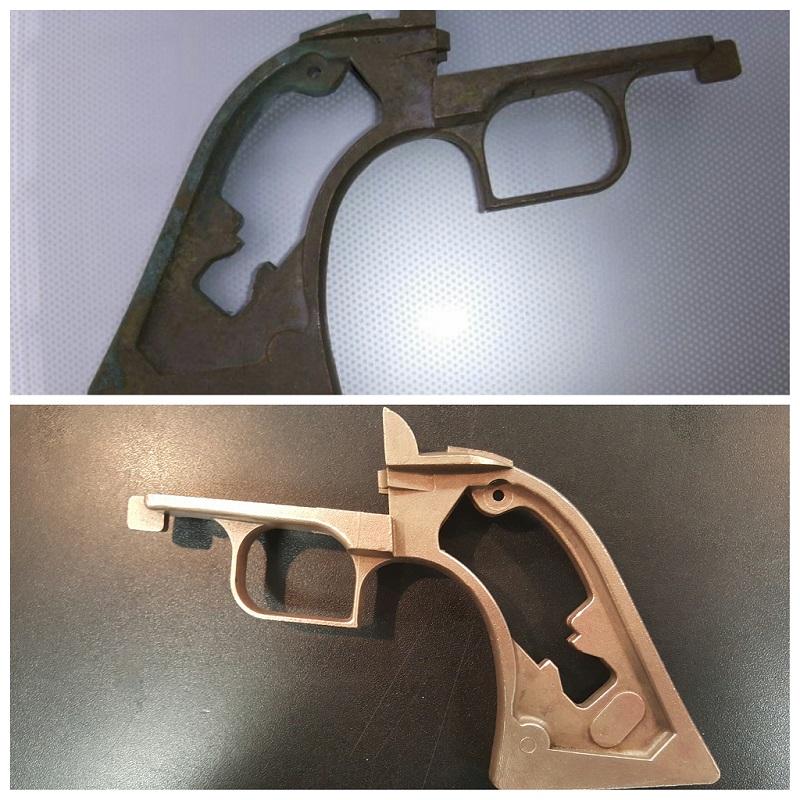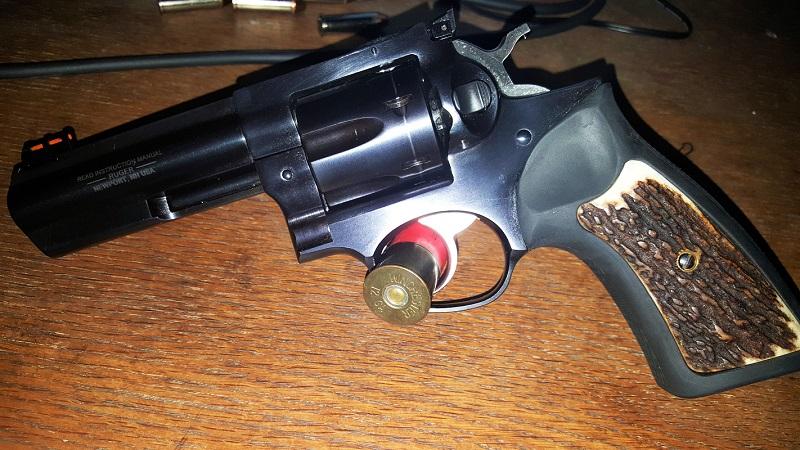Bruce757
Bearcat
- Joined
- Jan 16, 2016
- Messages
- 7
Howdy folks,
I've been lurking these forums for quite some and have benefited immensely from some of the info that the regulars on here post. So first and foremost, thank you.
Secondly, I am posting because I have recently acquired a Caravelle Arms Brass Grip Frame for my Convertible .357 NM Blackhawk. The grip frame I purchased has never been used or even drilled for that matter. I reached out to local gunsmiths and the two that I spoke with both said it was beyond their capabilities. Can anybody on here recommend somebody that would be proficient in the this aspect of gunsmithing? I was told by one of the local smiths here that this falls into the realm of CNC machinery and that I would need to find somebody that is experienced with CNC.
Here is a link for the frame. http://www.ebay.com/itm/351629011771
And here is my Convertible NM Blackhawk with custom aged oak grip panels.

I am also adding a power custom Bisley Trigger and Hammer with wolff springs, an oversized cylinder latch, a free spin pawl and a steel ejector rod housing.
I feel that I am competent enough to knock out the majority of this project on my own, however, it is all riding on whether or not I can get this Brass Grip Frame drilled properly. If anybody has any knowledge or recommendations to offer, I'd greatly appreciate it. Thanks!
I've been lurking these forums for quite some and have benefited immensely from some of the info that the regulars on here post. So first and foremost, thank you.
Secondly, I am posting because I have recently acquired a Caravelle Arms Brass Grip Frame for my Convertible .357 NM Blackhawk. The grip frame I purchased has never been used or even drilled for that matter. I reached out to local gunsmiths and the two that I spoke with both said it was beyond their capabilities. Can anybody on here recommend somebody that would be proficient in the this aspect of gunsmithing? I was told by one of the local smiths here that this falls into the realm of CNC machinery and that I would need to find somebody that is experienced with CNC.
Here is a link for the frame. http://www.ebay.com/itm/351629011771
And here is my Convertible NM Blackhawk with custom aged oak grip panels.

I am also adding a power custom Bisley Trigger and Hammer with wolff springs, an oversized cylinder latch, a free spin pawl and a steel ejector rod housing.
I feel that I am competent enough to knock out the majority of this project on my own, however, it is all riding on whether or not I can get this Brass Grip Frame drilled properly. If anybody has any knowledge or recommendations to offer, I'd greatly appreciate it. Thanks!


